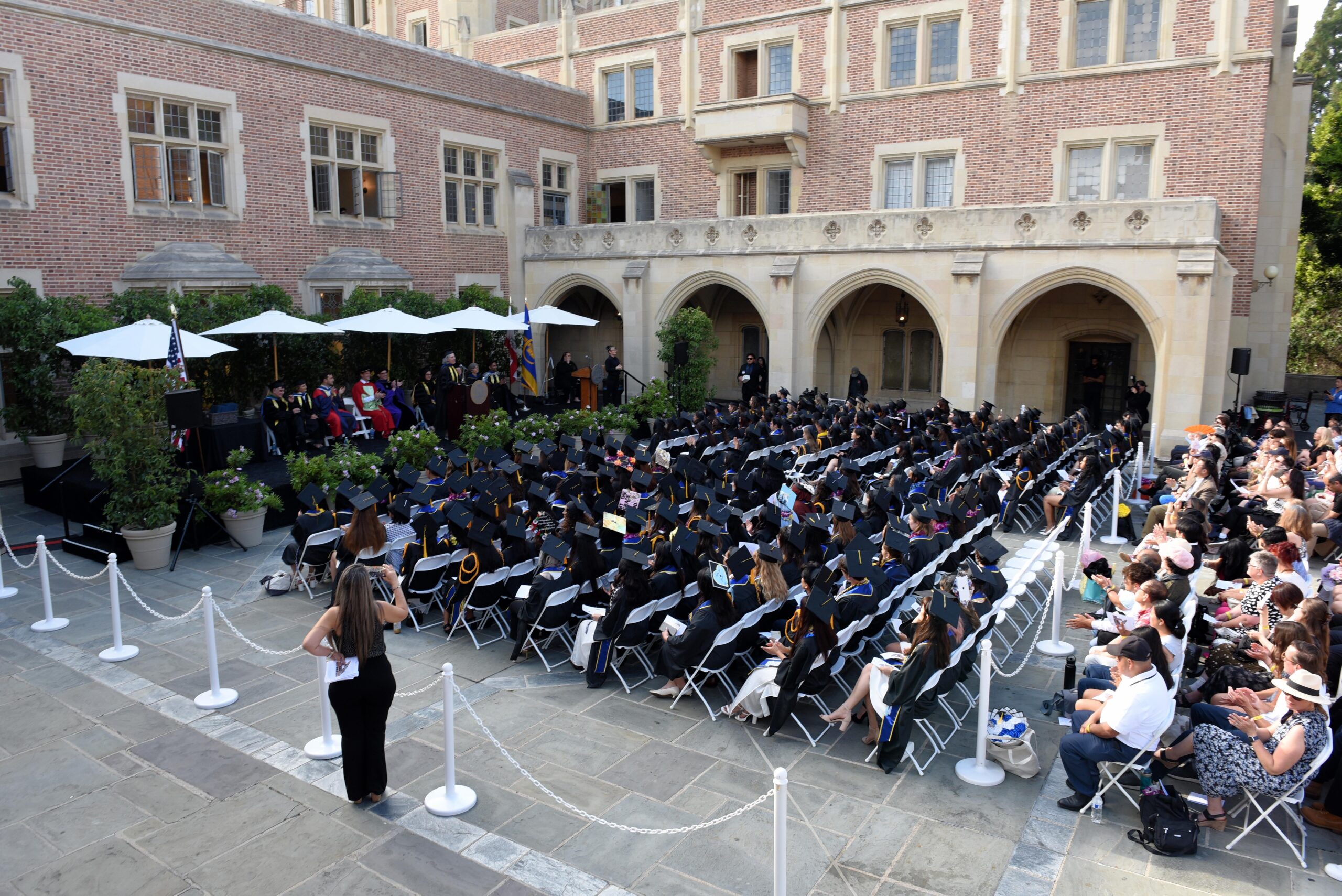
The Institute is a community of researchers dedicated to analyzing complex problems at the interface of biology and society and training the next generation of cross-disciplinary thinkers.
Recently at ISG
- Interview to SGUO Case Competition Winners on “Antibiotics Resistance its Implications, and Potential Solutions”
 Check the interview to the 2025 SGUO Case Competition Winners on “Antibiotic Resistance, its Implications, and Potential Solutions”, Claire Koerber, David Singley, Devyn Betts and Sushant Bhopale.
Check the interview to the 2025 SGUO Case Competition Winners on “Antibiotic Resistance, its Implications, and Potential Solutions”, Claire Koerber, David Singley, Devyn Betts and Sushant Bhopale. - Jonah Walters Featured at the Jacobin: “A House of Dynamite” Is the Wrong Metaphor for US Nukes
 Kathryn Bigelow’s new film, A House of Dynamite, captures the horror and insanity of nuclear war. But by portraying the US atomic arsenal as an inheritance from the past rather than a product of our own time, it lets our political leaders off the hook.
Kathryn Bigelow’s new film, A House of Dynamite, captures the horror and insanity of nuclear war. But by portraying the US atomic arsenal as an inheritance from the past rather than a product of our own time, it lets our political leaders off the hook. - Interview to SGUO Case Competition Winners on “Addressing the Unhoused Population as a Public Health Crisis”
 Check the interview to the 2025 SGUO Case Competition Winners Aarush Admala, Arushi Parikh, Olivia Lee and Rithu Velu on “Addressing the Unhoused Population as a Public Health Crisis”
Check the interview to the 2025 SGUO Case Competition Winners Aarush Admala, Arushi Parikh, Olivia Lee and Rithu Velu on “Addressing the Unhoused Population as a Public Health Crisis”
The Institute’s Index
Student Projects

Students in the Human Biology and Society major at UCLA complete an original research project at the intersection of biology and society in just 10 weeks. Students in Winter and Spring 2020 completed this project remotely during the COVID19 pandemic, and finished them during some of the largest protests against police violence in US history. To view their projects, click here.
Spotlight

Anne Gabrielle Go (HBS, ’25)
Anne Gabrielle Go (Gabbie) has recently received the Dean’s Prize for Excellence in Research and Creativity: Humanities, Arts, and Social Sciences for her project “Assessing a Role-playing Game for Public Health Decision Making” under Michelle Rensel (ISG Faculty) supervision.
Featuring: The Labyrinth Project

The Labyrinth Project is a collaborative inquiry into nature in Los Angeles. Wetlands, lawns, rats, cats, coyotes, mountain lions interact with human affect, state power, indigenous politics, aesthetic pleasure, local governmental power and much more. Also, Satan. Using a mix of participant-observation, structured interviewing, collaborative urban anthropology, historical and archival digging, ecological observation, and analysis of social media content, we explore the diverse and surprising ways in which Los Angeles is full of different natures— a veritable trophic cascade of the absurd and surprising. We write research papers and we have produced a podcast project in collaboration with the Laboratory for Environmental Narrative Strategies at UCLA.
Lab members include ISG faculty Christopher Kelty and Jessica Lynch along with graduate students from anthropology, environmental science, and public health and a team of undergraduates majoring in Human Biology and Society at UCLA.

